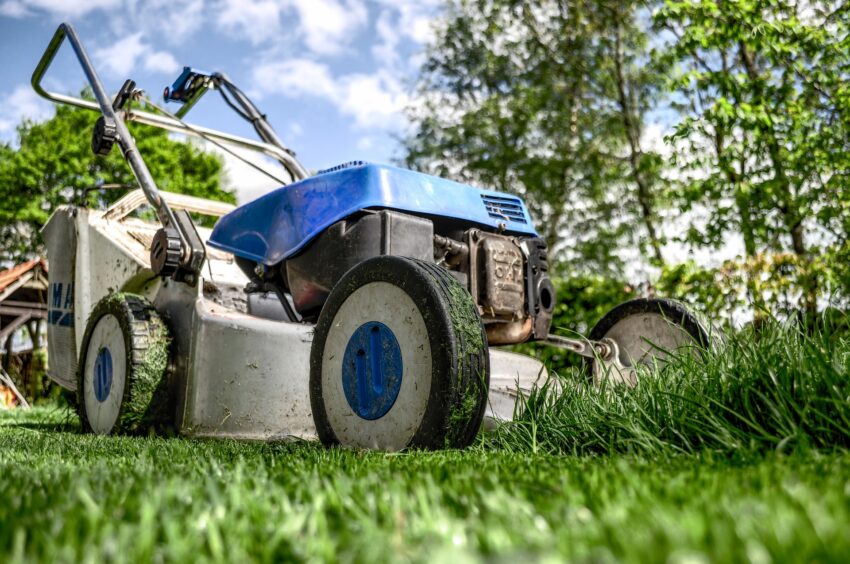
I have a confession to make, and I hope you can forgive me. I love gardening. I love it so much that, even though I’m not a professional gardener by any means, I’ve been known to spend entire weekends in my backyard pulling weeds and planting flowers—in the rain! But here’s the thing: as much as I love gardening myself, there are still plenty of ways to make your garden look better with less effort than what you’re currently doing. If this sounds like something that might be useful to you then read on!
Always Grow Cover Crops
You can get better results from less work by using cover crops. Cover crops are plants that can be planted between rows of vegetables, in the fall, or late summer and allowed to grow through the winter. In all cases, the cover crop will help keep your soil healthy by adding organic matter and feeding beneficial microbes so they can do their job more efficiently. Cover crops also block weeds from growing (although you’ll still want to hand weed when planting), which means less time spent weeding later on! That’s much better than working harder only to end up with fewer fruits because you didn’t have enough time for other important tasks like watering properly or fertilizing correctly!
Lay out your garden in beds.
- Lay out your garden in beds.
- Beds are an easy and effective way to maximize your gardening space. You can have rectangular beds or square ones, shallow ones or deep ones, narrow ones or wide ones—the possibilities are endless! It is also important to note that some types of plants will require specific dimensions for their bed (such as strawberries).
Know your Hardiness Zone!
The first step to better gardening results is knowing your hardiness zone. This can be found online at [insert URL].
You may find that your area is listed as Zone 7b, which means it’s cold enough to grow the same plants you would in zones 6 and 8. Or perhaps it’s listed as Zone 9a, meaning those plants won’t do well there (they’ll die!) unless they’re brought indoors. When you know what type of climate your garden has, you can decide what types of plants will thrive there and which ones are best left behind.
Use a Good Soil Mix
You can improve your soil in many ways. The first step is to add organic matter, which will help to increase the number of nutrients available in your garden. Adding compost, manure, peat moss and leaf mold are all good ways to do this. You can also add hay or straw as well as pine needles or sawdust if you don’t have access to any of the other options listed above.
Mulch Your Garden
Mulch is a great tool for protecting your garden. Mulching helps regulate soil temperature, and, as a result, you can grow plants that need different temperatures at the same time. If you have some warm-weather crops in your garden (like squash or beans), then mulching will help keep their roots cool and moist during hot weather. It also prevents weeds from growing because they won’t be able to break through the organic material covering up your soil.
There are many materials you can use as mulch: compost; leaves; straw; hay; newspaper; shredded paper bags—the possibilities are endless!
Use the Right Tools
You’ve got a big job to do, but you don’t have the right tools to do it. Your shovel is too small and your spade is too big—and the tools are dull and worn out so they don’t work as well as you need them to.
What should you do? Well, first of all, if there’s any way of getting those tools replaced or sharpened (or maybe even if there isn’t), then definitely take advantage of that opportunity! But if that isn’t an option for whatever reason (like money), then go ahead and use a different tool instead—maybe something smaller than both shovels combined like a trowel or hand cultivator (or even just your hands). Or better yet: think about what kind of soil conditioners might be better suited for this particular problem area so that next time around when weeding becomes necessary again in that spot maybe something like cardboard pieces will work better than newspaper ones did before since there wasn’t enough rain during winter months at first anyway. Asking yourself questions like these not only helps keep things organized but also saves time later on down the road when everything needs to be done quickly because unexpected guests have come over unexpectedly late afternoon earlier today!
Gardening is a labor of love and you can do great things with it if you know how to do it right.
Gardening is a labor of love and you can do great things with it if you know how to do it right.
It’s not all about the work, though. Gardening can be fun and rewarding, relaxing and healthy. It’s also a fun way to spend time with your family when everyone gets involved in growing their vegetables or flowers.
When this happens, gardening becomes less of a chore and more of an activity that fosters communication among members of the family.
Conclusion
That’s all there is to it! If you follow these simple steps, your garden will produce better results with less effort. Remember that gardening is a labor of love, so take care of yourself with breaks and water. Also, don’t forget about the other things in life like friends and family (or maybe just friends).
